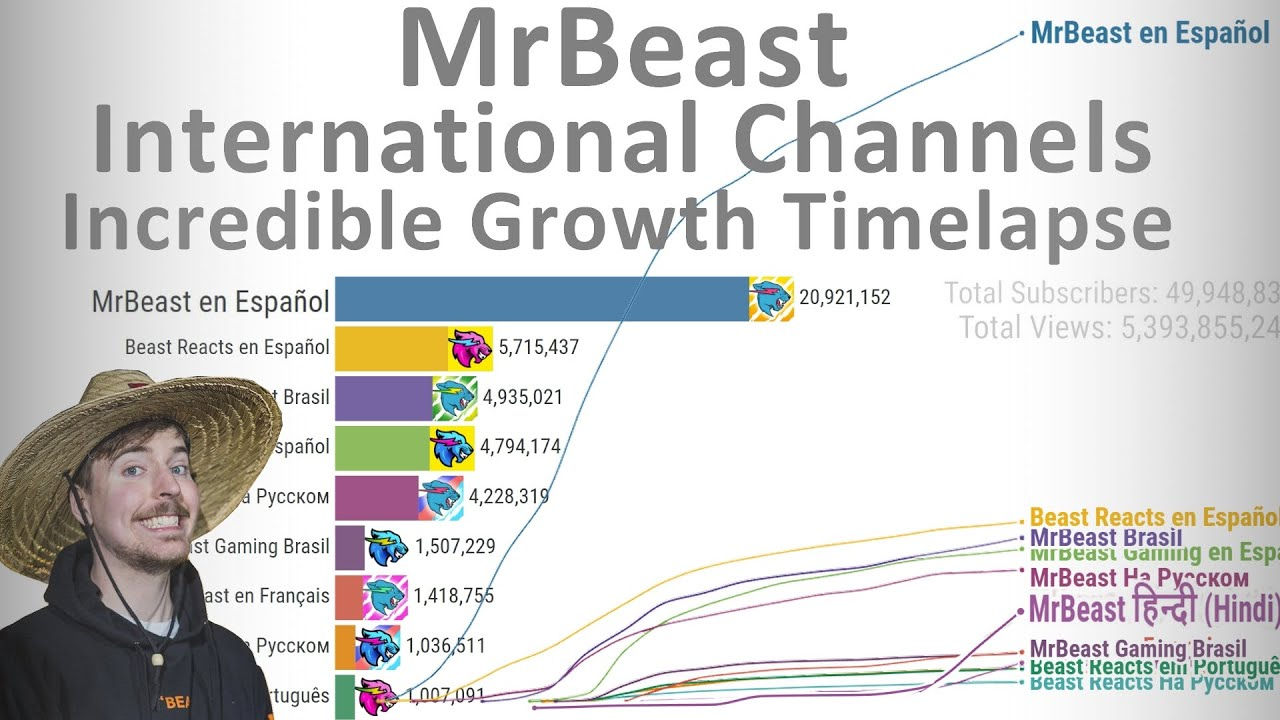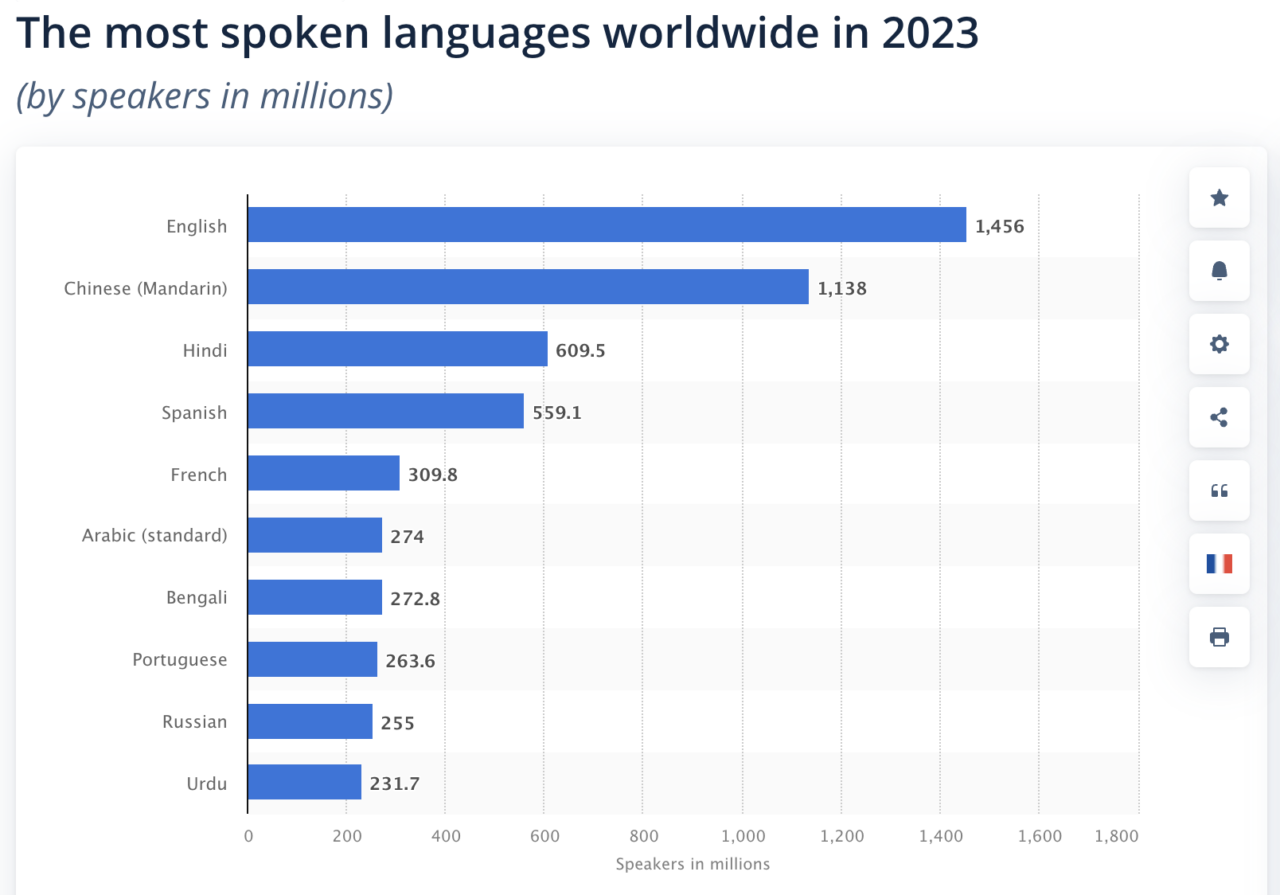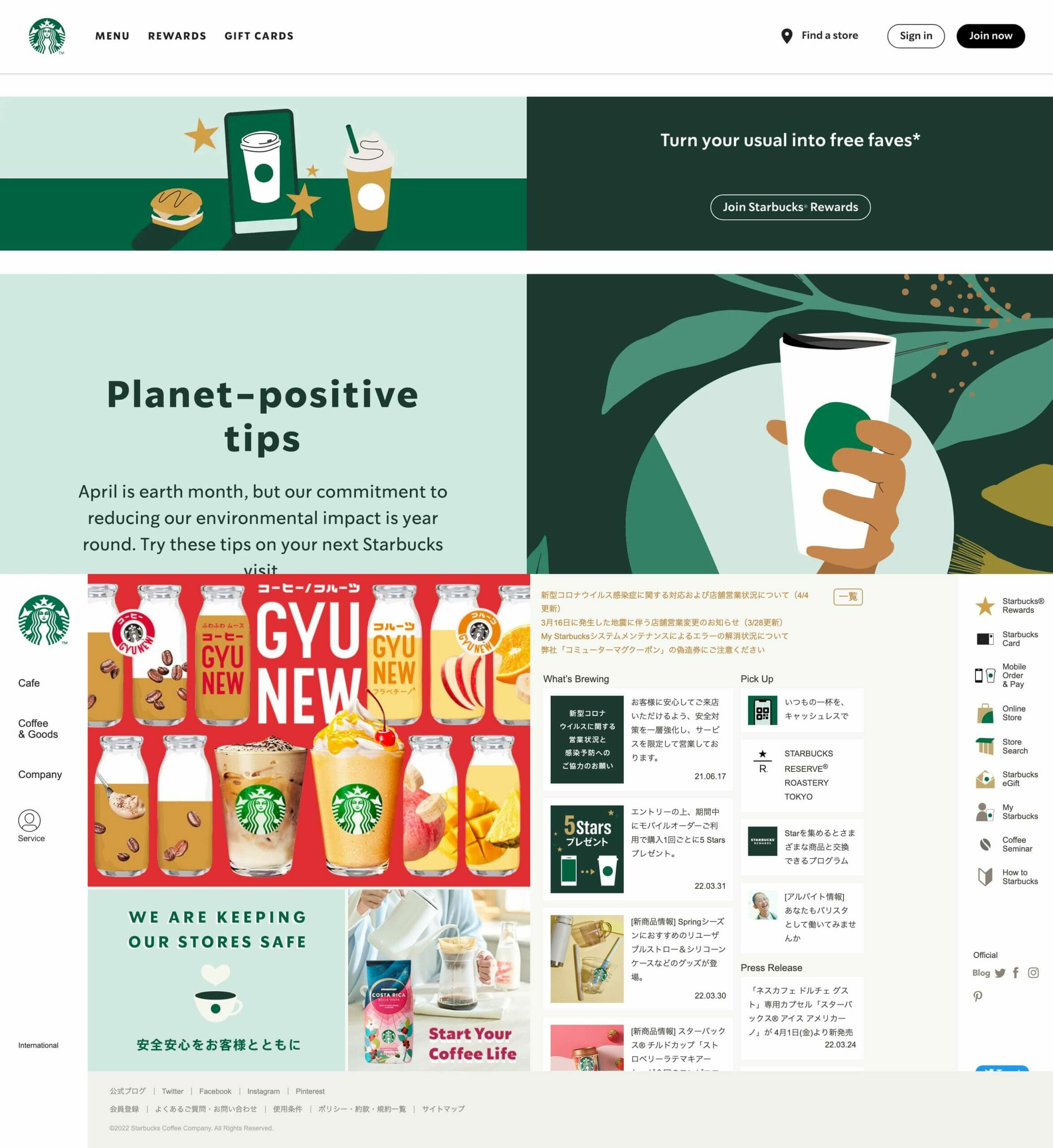If you’re scratching your head over how to grow your business online, the solution could be foreign markets.
While many entrepreneurs focus on local markets, there is a vast untapped potential in international expansion that often goes unnoticed.
In this post, we’ll explore the simplest and most effective way to achieve business growth — expanding your business online to reach a global audience. We’ll delve into strategies, tips and best practices that can propel your business toward success in the international marketplace.
The Power of International Expansion
One of the most overlooked avenues for business growth is international expansion. Surprisingly, many entrepreneurs fail to explore this opportunity fully. To understand the impact of going global, let’s consider a compelling example from the digital realm.
Mr. Beast, a renowned YouTuber, embraced international expansion by dubbing his videos in different languages and creating multiple international YouTube channels:

This approach allows him to tap into diverse markets, which resulted in exponential growth. Similarly, a few years ago, Neil began translating his website into multiple languages, establishing ad agencies in various countries such as India, Brazil, Australia, UK, Canada, and more.
Expanding Horizons: The Global Market
While the United States remains a significant market, the rest of the world collectively presents a larger opportunity. Contrary to popular belief, the United States is not the be-all and end-all for business success. Many countries offer immense potential for growth.
Don’t limit your aspirations — aim to enter as many countries as possible where you can sell your products or services.
Interestingly, despite some countries having smaller GDPs compared to the United States, they often present a favorable scenario due to less competition. Embracing global expansion allows you to tap into markets where your offerings may be in high demand, fostering business growth and revenue generation.
The Language Advantage
To truly understand the potential of international expansion, let’s take a closer look at language barriers.
English, undoubtedly a widely spoken language, is known to around 1.5 billion people worldwide:

However, this accounts for only around 21% of the global population. So it’s essential to broaden our mindset and realize that success isn’t limited to English-speaking markets alone. With 1.1 billion Chinese speakers, 609 million Hindi speakers and 559 million Spanish speakers, you’re losing out on huge markets by limiting yourself to only English.
Strategies for Growing Your Business Online
Now that we’ve established the importance of international expansion, let’s explore some actionable strategies to help you grow your business online.
1) Identify Target Markets
To successfully identify your target markets, conducting thorough market research is crucial. This involves delving into various factors that can influence the demand for your products or services in different countries.
Consider the following aspects:
- Cultural Fit: Cultural fit plays a significant role in determining the success of your business in a particular market. Understanding the local customs, traditions, values and preferences is essential for tailoring your offerings to resonate with the target audience.
- Legal Requirements: A quick way of learning whether or not you can expand into a foreign market is if their legislation is too prohibitive to make expansion into their territory worth it (or even possible, for that matter).
- Competition Analysis: Assessing the competitive landscape is key to gaining a competitive advantage. Identify both direct and indirect competitors in each target market, analyze their strategies, strengths, weaknesses, and market positioning. This analysis allows you to differentiate your offerings and identify unique selling points that set you apart from the competition.
- Consumer Behavior: Understanding consumer behavior is vital for effective market targeting. Evaluate the purchasing habits, preferences, needs, and pain points of your potential customers – not to mention slang or buzzwords. (“It’s raining cats and dogs” translated literally does not make much sense in other languages. For instance, the Spanish equivalent is “llueve a cántaros” (it’s raining jugs).”
- Market Trends: Stay updated on market trends, technological advancements, and industry developments in your target markets. This global expansion knowledge helps you anticipate changes, identify emerging opportunities, and adjust your strategies accordingly.

2) Localization
Localization is the process of adapting your website, content, and marketing materials to suit the local language, culture, and preferences of your target markets. It goes beyond mere translation, and aims to create an authentic user experience.
Consider employing native speakers or professional translators who are well-versed in the target language to ensure accuracy and cultural appropriateness. Localize not only the text but also images, graphics, and other multimedia elements to ensure cultural relevance:

Pay attention to local customs and sensitivities to avoid any misunderstandings or unintended offenses.
Additionally, adapt your marketing strategies to suit the preferences and behavior of the local audience. This may include using local social media platforms, partnering with local influencers, and incorporating cultural references or events in your campaigns.
3) Digital Marketing Techniques
Employing effective digital marketing techniques is crucial for expanding your online visibility in target markets. Consider the following strategies:
- Search Engine Optimization (SEO): Optimize your website and content with relevant keywords and phrases to rank higher in search engine results. Conduct keyword research specific to each target market to ensure your content aligns with local search queries.
- Social Media Marketing: Leverage popular social media platforms in your target markets to reach and engage with your audience. Tailor your content, messaging, and advertising to suit the preferences of each platform and local audience.
- Content Marketing: Create valuable, informative, and culturally relevant content to attract and engage your target market. Consider localizing your content to resonate with the cultural context and preferences of each market.
- Email Marketing: Develop targeted email campaigns to nurture relationships with your audience. Personalize your emails based on cultural and regional preferences to increase open rates and conversions.
- Paid Advertising: Utilize paid advertising platforms such as Google Ads, social media ads, or native advertising to amplify your reach and target specific demographics in your target markets.
4) Strategic Partnerships
Collaborating with local influencers, businesses, or organizations can be a powerful way to establish a foothold in new markets. Strategic partnerships provide access to existing networks, insights into local consumer behavior, and increased credibility.
Consider identifying influential figures or reputable companies in your target markets and explore collaboration opportunities that align with your brand values and goals. These partnerships can help increase brand awareness, reach a wider audience, and foster trust among potential customers.
5) Website Optimization
Optimizing your website for international audiences is crucial for providing a seamless user experience and maximizing engagement. Consider the following elements:
- Mobile-Friendliness: Optimize your website for mobile devices, as mobile usage continues to rise worldwide. A mobile-friendly website enhances user experience and accessibility.
- Localized Pricing: Adapt your pricing strategy to each market, considering factors such as purchasing power, local competition, and consumer expectations. Display prices in the local currency to provide a seamless shopping experience.
- Multilingual Features: Implement multilingual functionality on your website to cater to users who prefer browsing in their native language. This includes providing language options, localized content, and navigation that is easy to understand for users from different cultures. The U.S. and European Starbucks websites, for instance, look completely different in Japan:

Note: It may be wise to hire an international SEO consultant to ensure that the best practices to rank a website for other countries and languages is followed.
6) Customer Support and Service
Offering multilingual customer support demonstrates your commitment to providing exceptional service to diverse customers.
Ensure that your customer support team is equipped to address inquiries, concerns, and feedback in the local language of each target market. Prompt and personalized customer support helps build trust, enhances customer satisfaction, and increases the likelihood of repeat business.
7) Analytics and Adaptation
Continuously monitoring and analyzing data from your online campaigns, website traffic, and user behavior is vital for tracking the performance of different markets.
Use analytics tools at your disposal to gain insights into user engagement, conversion rates, and other key metrics. Adapt your strategies based on the data-driven insights to optimize results, capitalize on successful approaches, and address any challenges or underperforming areas.
Last Word on Growing Your Business
Expanding your business online globally can unlock a world of opportunities for growth, revenue, and success.
Remember, the journey to global business growth may seem daunting at first, but with the right mindset, research, and execution, your business can thrive beyond borders.
Open up your perspective a bit and explore how international expansion can boost your brand to the next level.
If you’re ready to expand your business globally, Single Grain’s international SEO experts can help!👇
Repurposed from our Marketing School podcast.



